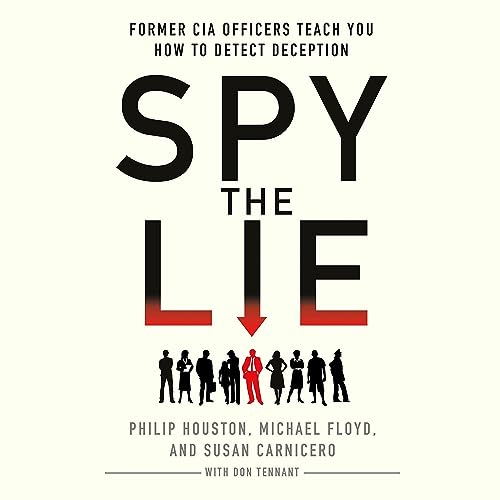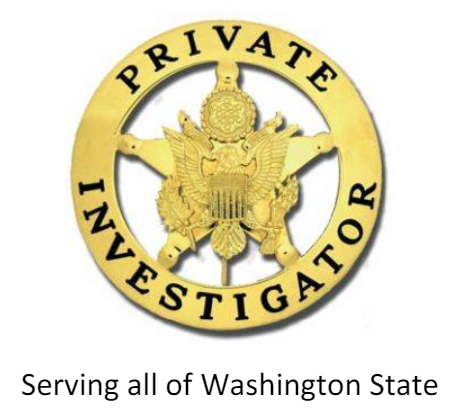- 30
- Jan
- 2024
Truths and Lies
- Posted ByAlan
- InUncategorized
Truth and deception detection is a critical aspect of human communication. While some say the ability to detect lies is no more accurate than chance, or flipping a coin, it is still important for all of us to develop strategies to help us catch those who may be lying to us. Early methods included taking measurements of the human skull and nodules protruding from the skull. Traditional police practices in deception detection stem from other theories on lying that assume liars will exhibit stress-based cues because they fear being caught and feel guilty about lying. This is one of the theories behind the modern day polygraph instruments. This theory has led researchers to search for reliable behavioral indicators of deception. They examined behaviors such as posture shifts, gaze aversion, and foot and hand movements, and were fairly successful. However, “There really is no Pinocchio’s nose,” says Judee Burgoon, PhD, a professor of communication at the University of Arizona. Others tend to disagree with Professor Burgoon. One of those who might disagree is retired CIA polygraph examiner and interrogator, Phil Houston. Mr. Houston and his colleagues have developed a method of detecting deception that they published in the book, “Spy the Lie.” I first read this book at least ten years ago and have read it so many times over the years, I have practically memorized it. It completely changed the way I interview people and my deception detection rate has sky rocketed.


Leave a Reply